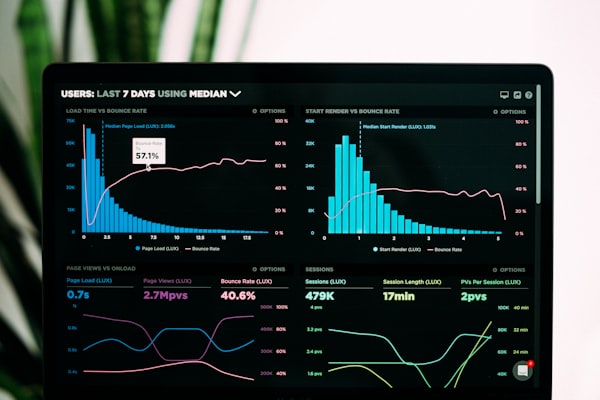The world of work is evolving rapidly, with organizations increasingly adopting hybrid workplaces to offer flexible and adaptable work environments. While hybrid workplaces provide several benefits, such as improved work-life balance and increased productivity, they also present unique challenges in managing employee performance. This article will explore the importance of continuous performance management in hybrid work environments and discuss key strategies, best practices, and performance indicators to ensure success.
Challenges in Hybrid Workplaces
Hybrid workplaces, which combine remote and in-office work, create new challenges in terms of communication, collaboration, and maintaining a unified organizational culture. Traditional performance management methods, such as annual or semi-annual reviews, are not well-suited to address these challenges, making it essential for organizations to adopt a more agile and continuous approach.
Continuous Performance Management
Continuous performance management emphasizes regular check-ins, real-time feedback, collaborative goal-setting, and employee development and growth. Research shows that organizations with continuous performance management strategies have higher percentages of engaged employees, lower turnover rates, and increased profitability.
One effective tool for implementing continuous performance management is the 360-degree performance review, which gathers feedback from multiple sources, including managers, peers, subordinates, and even customers or clients. This approach enables organizations to streamline the review process and ensure a consistent approach across the organization.

KPIs and Adapting Strategies Based on Results
To measure success and ensure that continuous performance management strategies are effective in hybrid work environments, organizations need to use key performance indicators (KPIs). Examples of KPIs to assess employee performance in a hybrid workplace include:
- Setting Clear Expectations and Goals: Use collaborative goal-setting processes to ensure everyone is on the same page.
- Frequent Communication and Feedback: Provide regular check-ins and progress updates to stay informed about employee progress and challenges.
- Employee Development and Growth: Offer personalized learning and development plans to help employees build the skills and knowledge they need to excel in their roles.
- Leveraging Technology: Utilize performance management software and virtual collaboration platforms to track employee performance and facilitate communication among team members in different locations.
- Fostering a Culture of Trust and Accountability: Encourage autonomy and recognize high performance to motivate employees.
By measuring KPIs and analyzing data, organizations can identify areas for improvement and adapt their continuous performance management strategies accordingly.
Best Practices for Continuous Performance Management in Hybrid Workplaces
Effective continuous performance management requires ongoing effort and attention. The following are some best practices that can help organizations in improving their continuous performance management strategies:
1. Involve Employees in the Process
- Collaborative goal-setting: Engage employees in setting performance objectives and targets to create a sense of ownership and buy-in.
- Ongoing feedback: Encourage regular, two-way communication between managers and employees to address concerns, provide guidance, and make necessary adjustments to goals.
2. Use Data to Drive Decisions
- Performance indicators: Identify and track indicators relevant to individual and team performance to measure progress and success.
- Data analysis: Regularly analyze performance data to identify areas for improvement, trends, and opportunities for growth.
3. Recognize and Reward High Performance
- Acknowledgment: Provide public or private recognition for employees who meet or exceed performance expectations.
- Rewards: Offer tangible incentives, such as bonuses or promotions, to further motivate high-performing employees.
4. Address Potential Challenges
- Overcoming resistance: Encourage open dialogue and address concerns or misconceptions about the performance management process.
- Flexibility: Adapt performance management practices to accommodate the diverse needs of remote and in-office employees.
Conclusion
Effective continuous performance management is crucial for managing employee performance in a hybrid workplace. By utilizing strategies that promote clear communication, collaborative goal-setting, employee development, and a culture of trust and accountability, organizations can ensure that their employees remain motivated and productive, regardless of their location. Embracing vulnerability through open feedback channels, is essential for continuous performance management. With the right approach and mindset, organizations can effectively manage the challenges of hybrid work environments and maintain a competitive edge in a rapidly evolving business landscape.









